- Home
- Machining techniques
- CNC Machining Services
- Cooperative supply services
- Designs
- Materials
- Finishing Services
- Shop
- Products
- Guide
- About Us
- Contact Us
2021.6.29
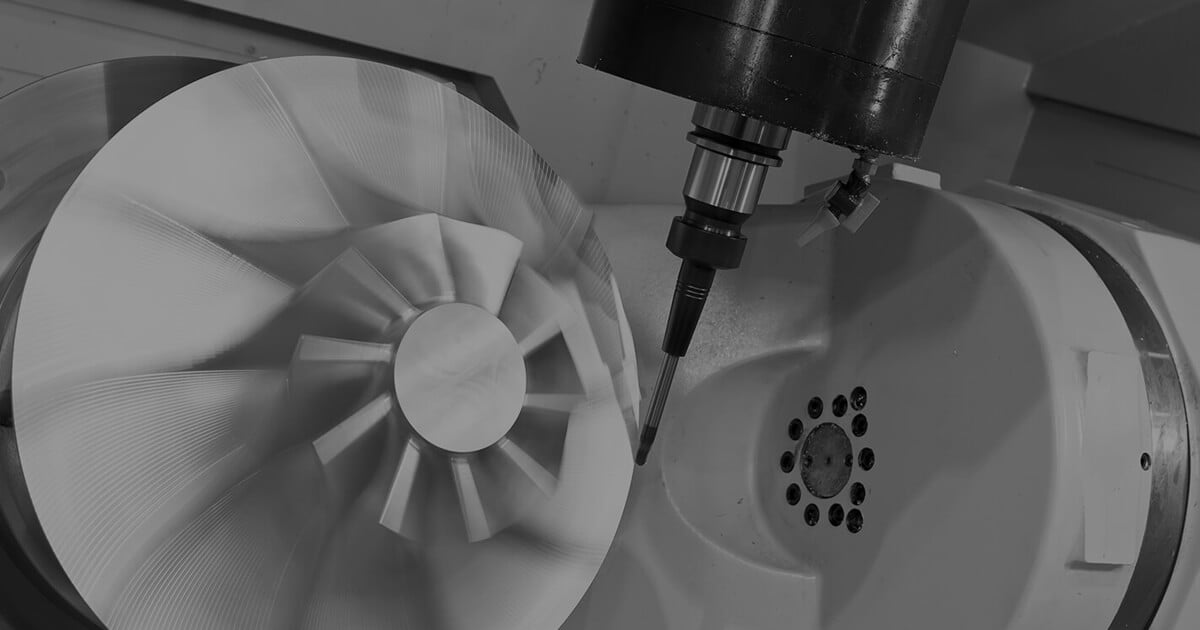
Why is it critical to have a thorough knowledge of the many kinds of CNC machines? Well, if you’re unfamiliar with the limits and advantages of each particular kind of CNC machine, you may not be able to properly design for it, which is what ends up costing a lot of time and money. As a result, today’s topic will be how machines operate, as well as the limits and advantages of each machine type. We’ll focus on CNC machines that remove material using cutting tools since they’re the most popular and have the most uses. This excludes laser cutters, plasma cutters, and EDM equipment.
Different Axis Types CNC machines are classified into two kinds or categories: 3 axis CNC machines and multi-axis CNC machines. CNC milling or CNC turning machines, commonly known as lathes, have three axes. Indexed CNC machines, continuous 5 axis CNC machines, and mill turning machines are examples of multi-axis CNC machines.
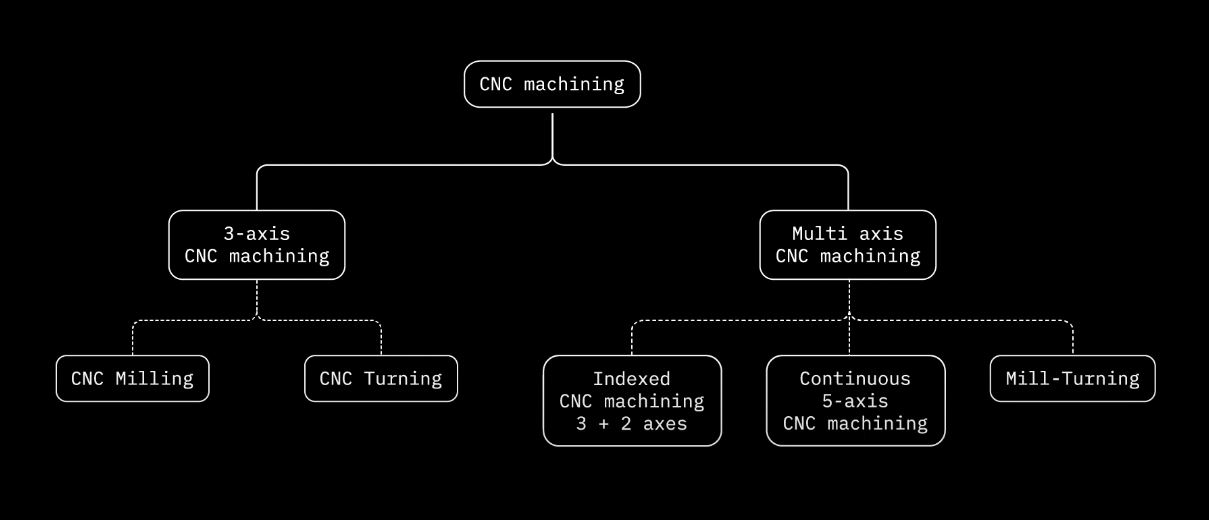
Let’s begin with three-axis CNC machines. CNC milling machines and CNC turning machines enable the cutting tool to move relative to the workpiece in three linear axes. left-to-right, back-and-forth, and up-and-down However, it’s worth noting that lathes sometimes miss one or more of such combinations.
- 1 - CNC Milling Machines
3 axis CNC milling machines are widely used because they can manufacture the majority of conventional shapes. They are simpler to program and operate, resulting in a lower machining starting cost. The workpiece is kept fixed on the machine bed or in a vice during CNC milling. Material is removed from the workpiece with the use of specialized cutting tools that spin at a high speed. The cutting tools are connected to a spindle that may move along the three linear axes. Typically, multiple rounds of cutting are used to create the component. First, an approximation geometry is applied to the workpiece to remove material rapidly and with lesser precision, followed by one or more finishing rounds to create the final component. It’s worth noting that tool availability may be a design constraint in CNC milling. Because of the three axes, some places may be inaccessible. It is possible to rotate a workpiece, so it is not an issue, but repeated rotations may raise your machining and labor expenses.
- 2 - CNC Turning Machines/CNC Lathes
CNC lathes can manufacture components at a considerably faster pace and a cheaper per-unit cost than CNC mills. This is particularly important for higher quantities. The workpiece is kept on the spindle as it rotates at a high speed during CNC turning. A cutting tool or center drill is used to trace the outside and inner perimeters of the components that make up the geometry. Central drills and internal cutting tools may also be used to create holes along the center axis. Because lathes are usually used to manufacture components with a cylindrical shape, this is also a disadvantage. They are only capable of producing that geometry. To circumvent this restriction, parts of the component are often seen being milled in a separate machining phase, or 5 axes mill turning is used. CNC centers can create the same shape in a single step.
These machines can spin on the same three linear axes as CNC machines with three axes. What distinguishes them is that they can spin on an extra two axes, for a total of five axes. CNC milling machine centers with 5 axes enable rotation on three linear axes of movement. They can also rotate the machine bed, the tool head, or both. This allows 5 axis CNC machines to handle more complicated geometries. However, this comes at a higher cost since it requires specialized equipment and workers with extensive expertise. If you’re working on extremely complicated or topology-optimized metal components. 3D printing is generally a better choice.
- 1 - Indexed 5-axis CNC machines
The cutting tool can only move along three linear axes during machining. However, between operations, the bed and tool head may automatically swivel, allowing access to the workpiece from a new perspective. As a result, no human involvement is needed to adjust the workpiece manually. Parts with more complicated geometries may therefore be produced quicker and with more precision than with a 3 axis CNC mill. They do not, however, have the full free-form capabilities of a continuous 5 axis CNC machine.
- 2 - Continuous 5 Axis CNC Milling Machines
Continuous 5 axis CNC milling machines and indexed 5 axis CNC milling machines have extremely similar architectures. There is, however, one significant distinction. Continuous 5 axes CNC milling machines enable for simultaneous movement of all 5 axes throughout all machining processes. These enhanced capabilities, however, come at a hefty cost. Continuous 5 axis CNC milling necessitates the use of costly equipment and highly skilled machinists to properly program the machines.
- 3 - Mill Turning CNC Centers
Turning mill CNC centers are the same as CNC turning machines. They only differ in that they are also outfitted with CNC milling equipment. The workpiece is connected to a spindle that, like a 5 axis CNC machine, may either revolve at high speeds or place it at a precise angle. To create the components, lathe and milling cutting tools are used to remove material from the workpiece. A swiss-type lathe is a variant of the mill turning center that offers greater accuracy. Both the great productivity of CNC turning systems and the geometric versatility of CNC milling systems are used by mill turning systems.
- 3 axis CNC milling machines produce components with very basic geometries and high precision at a cheap cost.
- CNC lathes have the lowest unit cost but are only appropriate for component geometries with rotational symmetry.
- Indexed 5 axis CNC milling machines rapidly and accurately produce components with features that do not align with one of the major axes.
- Continuous 5 axis CNC milling machines are expensive and produce components with extremely complicated organic shapes and smooth curves.
- Mill turning CNC centers combine the advantages of CNC turning and CNC milling into a single system, allowing them to produce complicated components at a cheaper cost than other 5 axis CNC systems.
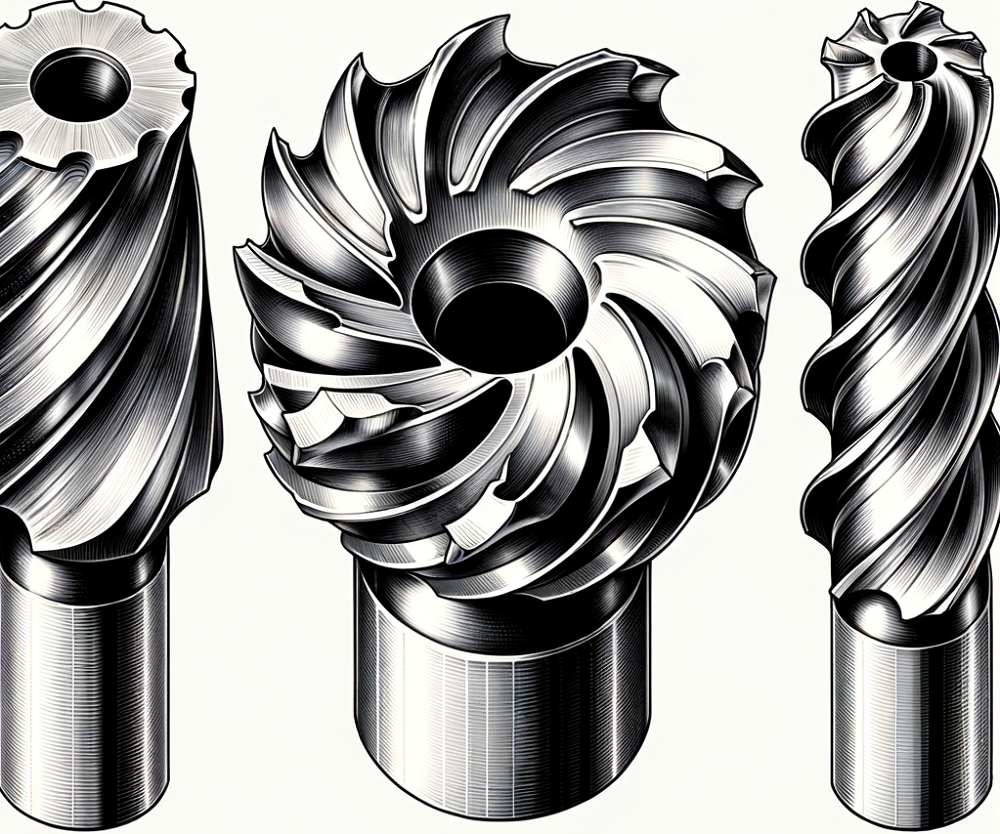 Face Mill vs Shell Mill vs End Mill Cutters: Differences & When To Use Each Milling Cutter?
Face Mill vs Shell Mill vs End Mill Cutters: Differences & When To Use Each Milling Cutter?
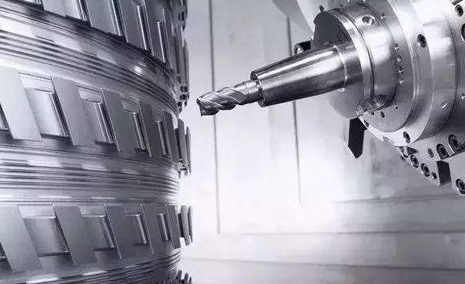 Types & Classification Of CNC Machine Tools | Basics Of CNC Machining
Types & Classification Of CNC Machine Tools | Basics Of CNC Machining
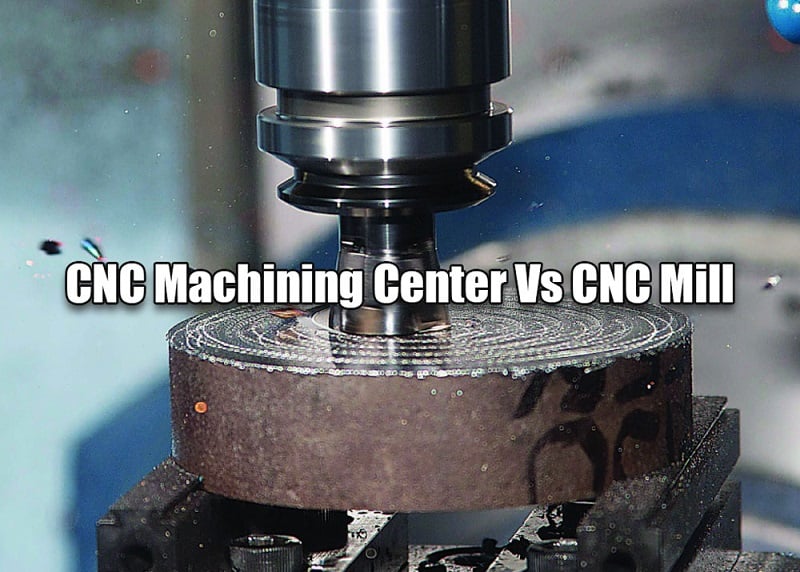 CNC Machining Center Vs CNC Mill – Difference Between Machining Center And Milling Machine In Programming
CNC Machining Center Vs CNC Mill – Difference Between Machining Center And Milling Machine In Programming
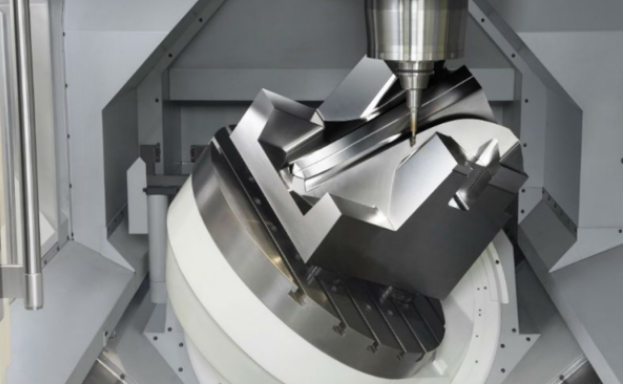 3 Axis Vs 4 Axis Vs 5 Axis CNC Machining – What’s The Difference Between 3, 4 and 5 Axis Machining
3 Axis Vs 4 Axis Vs 5 Axis CNC Machining – What’s The Difference Between 3, 4 and 5 Axis Machining
 CNC Machine Block Diagram: Systems & Components (Parts) of CNC Lathe Machine
CNC Machine Block Diagram: Systems & Components (Parts) of CNC Lathe Machine
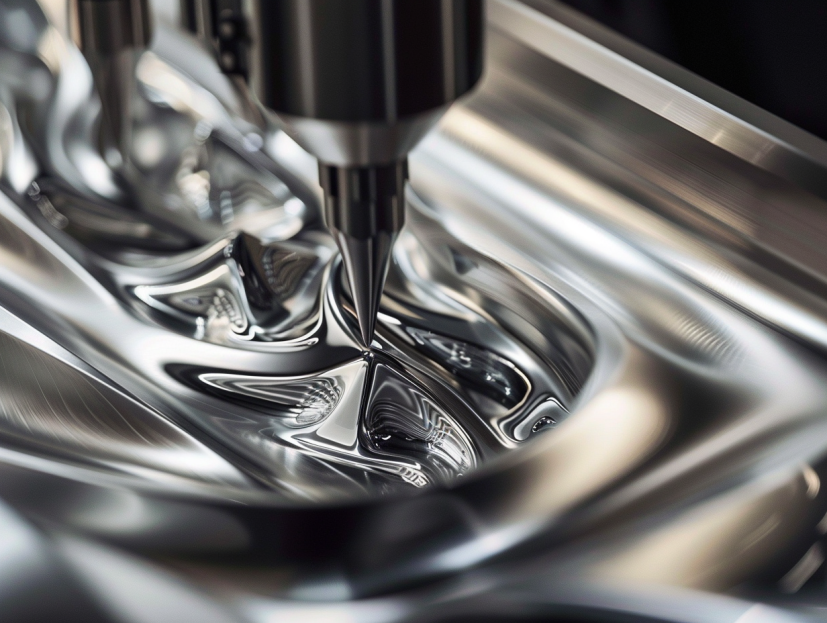 What is Tool Setter – CNC Tool Setter Types, Cost, Work Principle & How To Use
What is Tool Setter – CNC Tool Setter Types, Cost, Work Principle & How To Use
